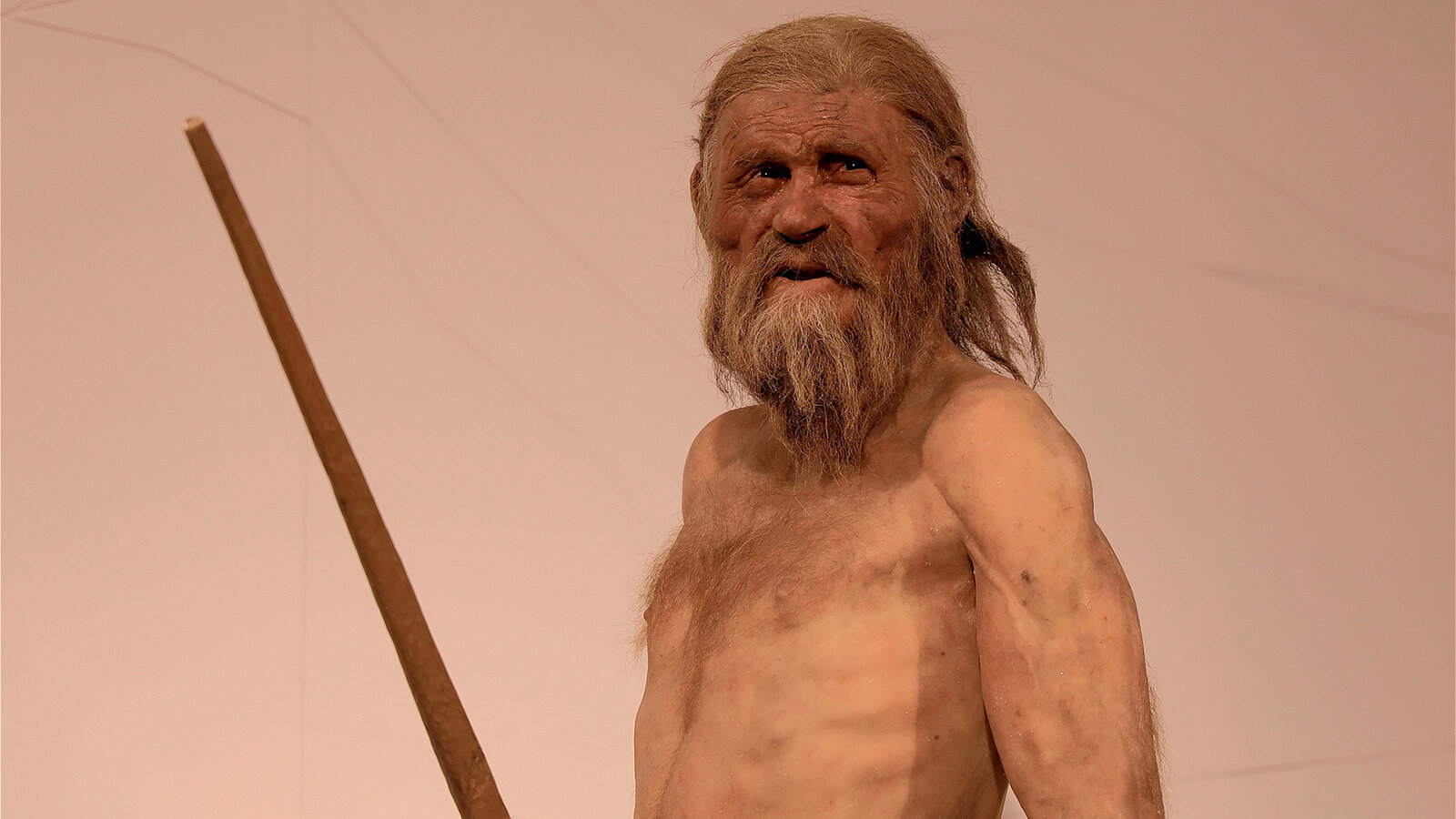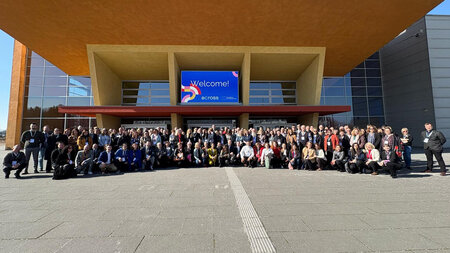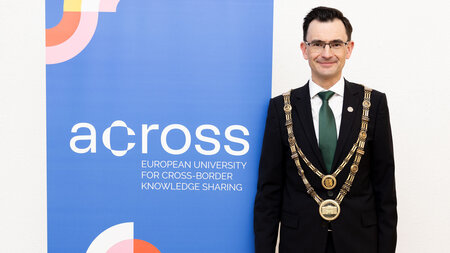From “Ötzi” to “Hauna” and “Haunwin”
German linguist and archaeologists develop a system to produce unique names for Stone Age skeletons and mummies
-

Ötzi is considered the ‘father’ of the widespread naming pattern for prehistoric skeletons and mummies. Image source: Pixabay (https://pixabay.com/de/photos/%C3%B6tzi-museum-bozen-steinzeit-figur-7331716/)
When we talk about the Stone Age today, we usually focus on people and their personal stories – like the well-known glacier man “Ötzi”. This is possible because the latest scientific methods in archaeology provide insights that literally make human remains come to life again. “Still, archaeologists usually only use numbers to refer to Stone Age human finds,” says Prof. Dr. Christina Sanchez-Stockhammer, Professor of English and Digital Linguistics at Chemnitz University of Technology. “But people usually have names – that's somehow part of being human.”
However, we do not know the names that skeletons and mummies from the Stone Age had during their lifetimes, as there is no writing from that period. Would it make sense, then, to give prehistoric human remains personal names in addition to the find numbers? And if so, what names? In order to find out, the linguist and two archaeologists carried out a broad online survey. “Around two thirds of the 319 respondents, who came from different backgrounds and age groups, liked the current system, but even slightly more were in favour of assigning names,” summarises Prof. Dr. Philipp W. Stockhammer, Professor of Prehistoric Archaeology at LMU Munich.
German names already in use for early human finds, like “Ippsi” or “Kilti”, commonly follow the pattern provided by the famous glacier man “Ötzi”. “However, many of our interviewees rejected such belittling forms based on the first syllable of the place of discovery as disrespectful,” says Dr. Kerstin P. Hofmann, First Director of the Romano-Germanic Commission of the German Archaeological Institute in Frankfurt am Main. The “Ötzi principle” also reaches its limits where several names are needed for the same site. The researchers therefore developed a more comprehensive system: By combining the first syllable of a site name (e.g. “Haunstetten”) with various established German name endings, they created unique personal names like “Hauna”, “Haunrid” or “Haunika’’. To most participants of the survey, these sounded like possible human names, or even familiar names.
“This is a very nice result, because it means that in the future, our system can support the search for names for prehistoric human finds,” say the three researchers, who also tested the names’ associations regarding age and gender. But there was also a surprise: when asked to list their favourite names, most participants chose “Hauni” – and thus a pet name after all.
For any questions, please get in touch with Prof. Dr. Christina Sanchez-Stockhammer, tel. +49 (0)371 531-32444, email christina.sanchez@phil.tu-chemnitz.de.
Research article: Sanchez-Stockhammer, Christina, Philipp W. Stockhammer & Kerstin P. Hofmann. 2024. Ötzi und Hauna: Ein linguistisches Modell zur Namengebung bei ur- und frühgeschichtlichen Menschenfunden, Beiträge zur Namenforschung 59. 1-44.
The full research article is freely available at https://doi.org/10.33675/BNF/2024/1-2/4
Mario Steinebach
01.10.2024





